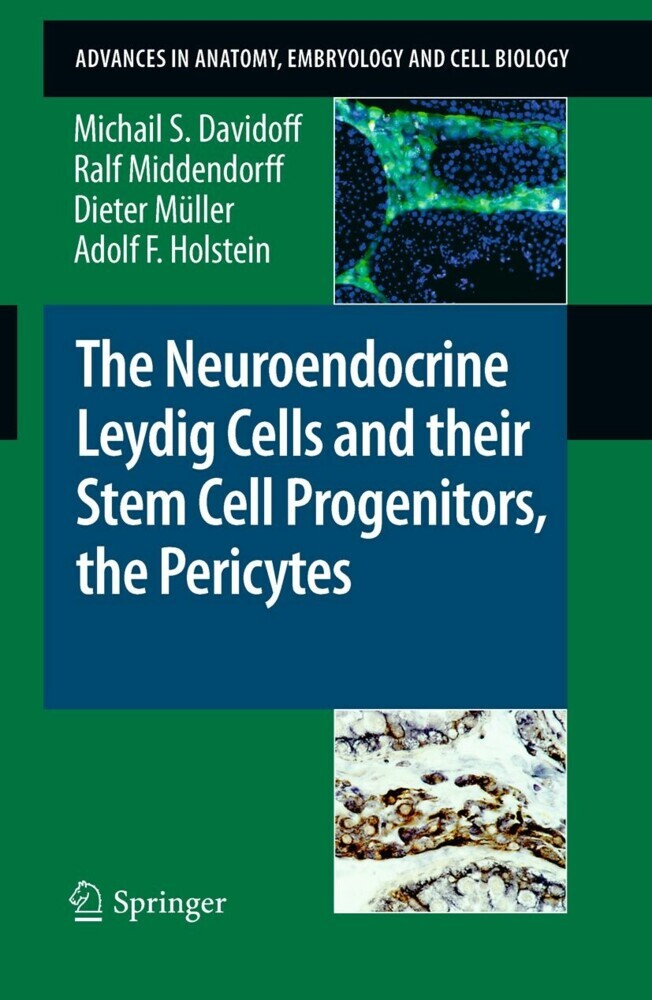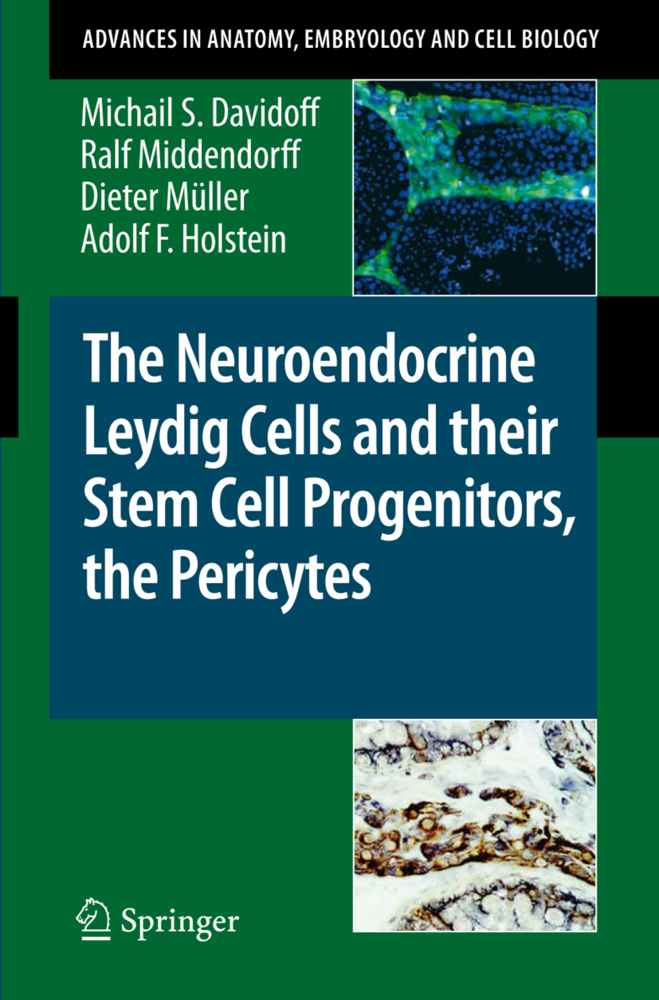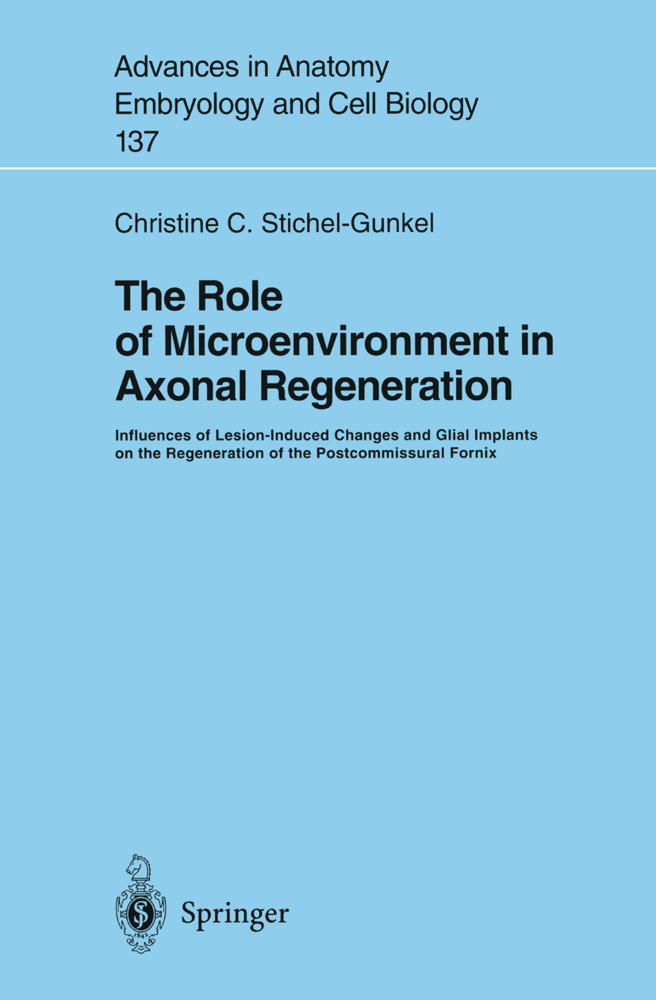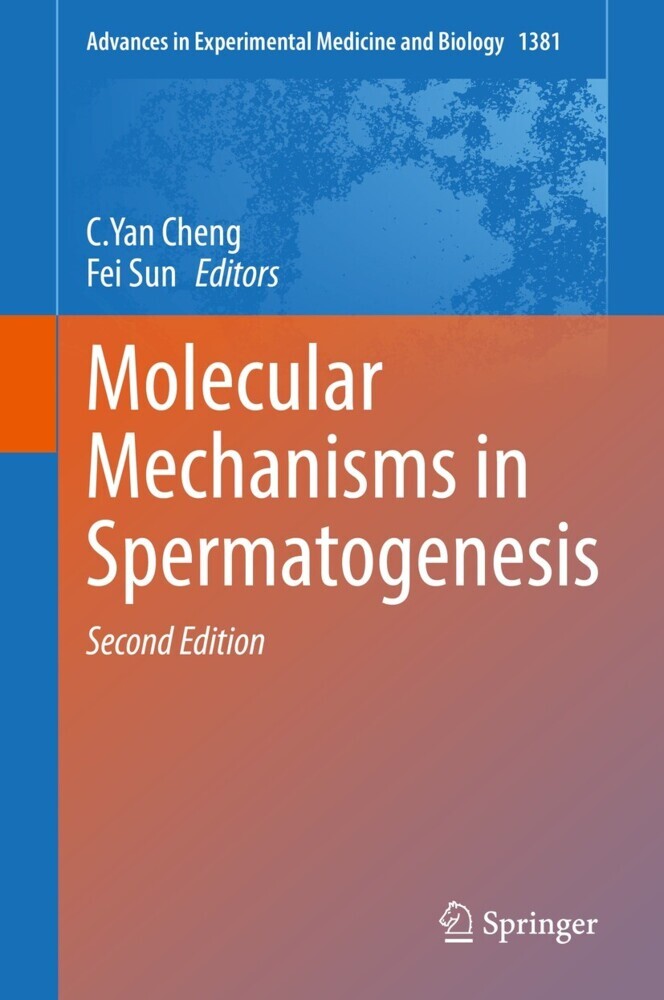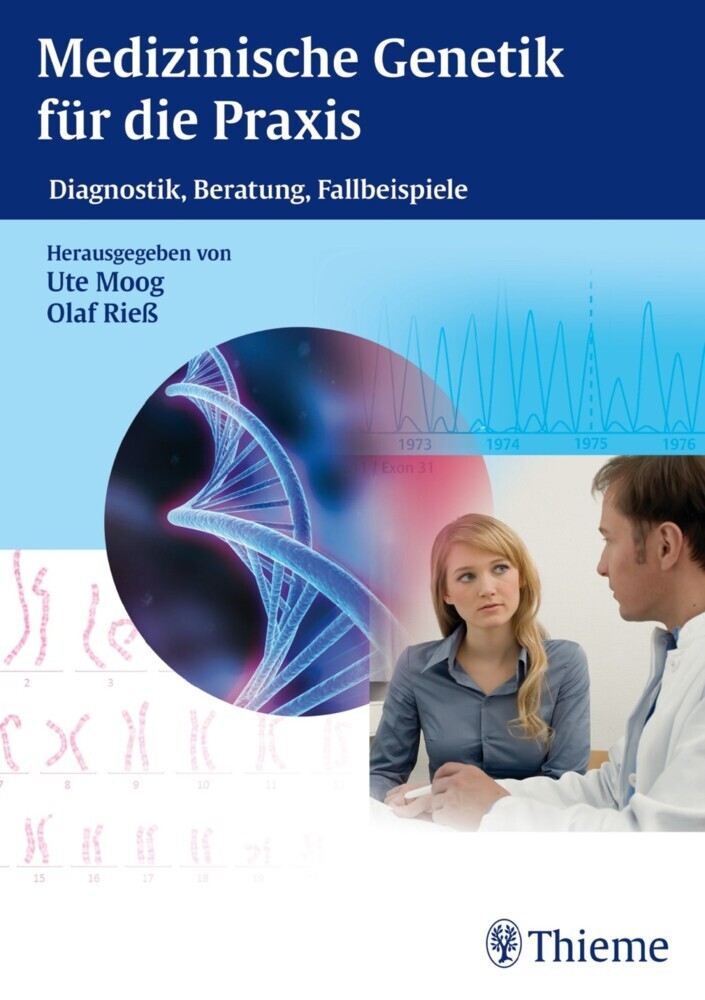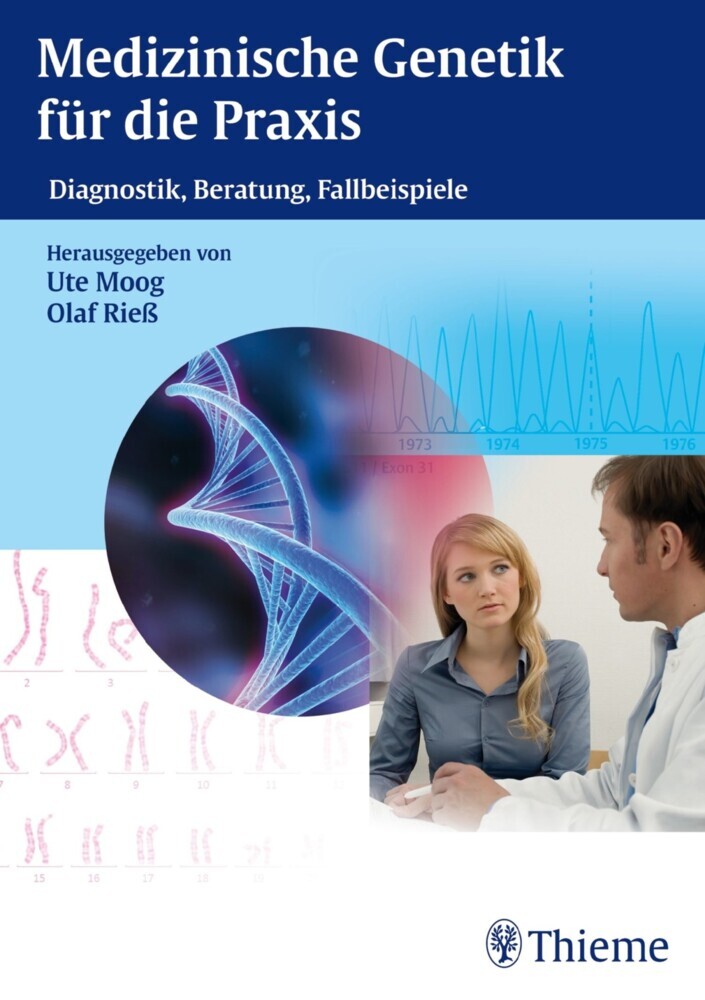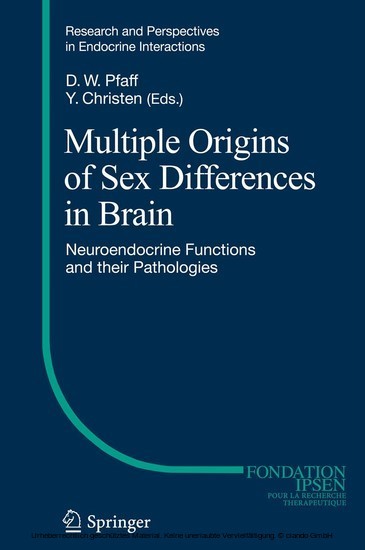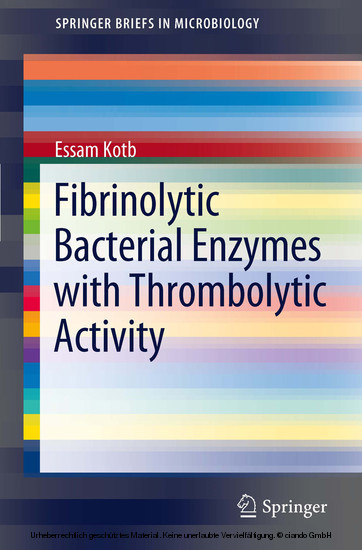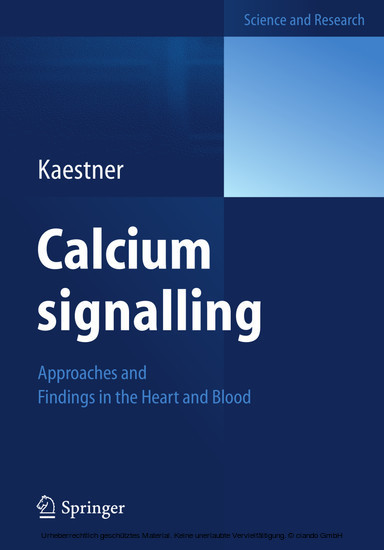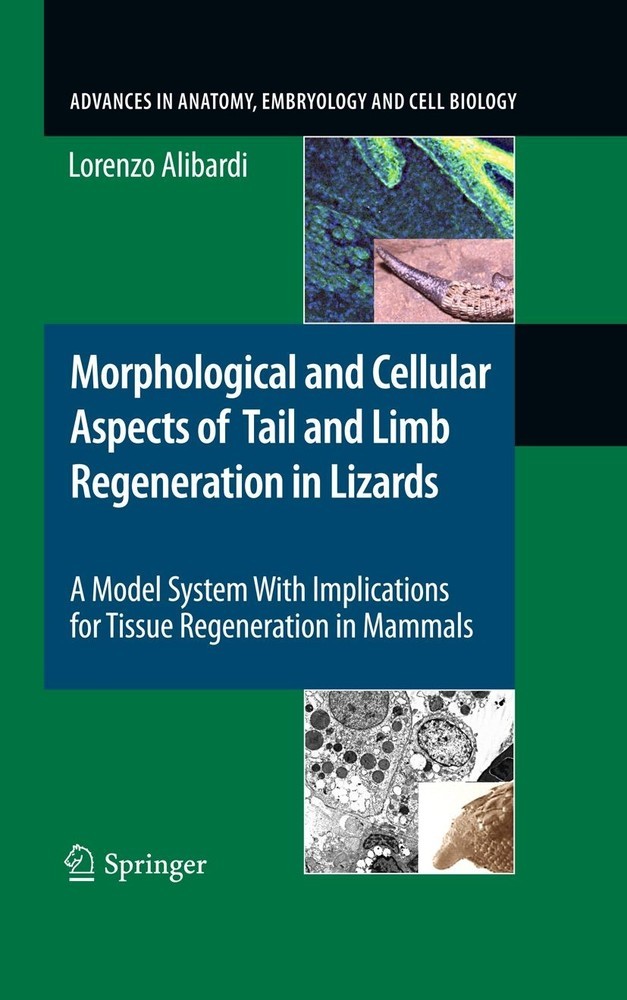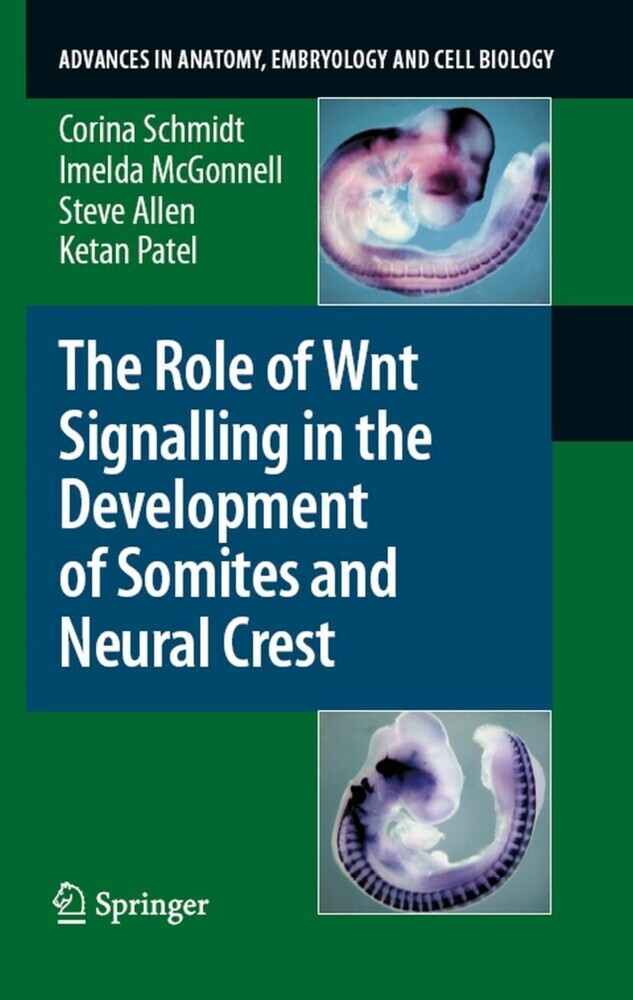The Neuroendocrine Leydig Cells and their Stem Cell Progenitors, the Pericytes
The Neuroendocrine Leydig Cells and their Stem Cell Progenitors, the Pericytes
The discovery of the neuroendocrine features of Leydig cells gave rise to the hypothesis of a potential neuroectodermal and/or neural crest origin of testicular Leydig cells. In an experimental animal model the authors revealed that adult Leydig cells originate by transdifferentiation from stem/progenitor cells (pericytes and smooth muscle cells), underlying the close relationship of Leydig cells with testis microvasculature. This and the supporting data from the literature provided the basis for revealing the pericytes as a common adult stem cell type of mammalian species. Distributed by the microvasculature through the entire body, the pericyte, acting as a resting early pluripotent adult stem cell, provides an ingenious system to assure the maintenance, physiological repair and regeneration of organs, each under the influence of specific local environmental factors.
1;Acknowledgements;6 2;List of Contents;7 3;Chapter 1 Introduction;10 4;Chapter 2 History of and Recent Progress in Leydig Cell Research;12 4.1;2.1 More Than 150 Years Ago: The Discovery of Leydig Cells;12 4.2;2.2 100 Years Later: The Endocrine Characteristics of the Leydig Cells Were Revealed;14 4.3;2.3 Novel Aspects: Evidence for Neuroendocrine Properties of the Leydig Cells;15 4.4;2.4 Newer Results: Adult Leydig Cells Originate from Microvascular Mural Stem Cells (Pericytes and Vascular Smooth Muscle Cells);17 5;Chapter 3 Morphology of the Leydig Cells;18 5.1;3.1 Leydig Cells Represent a Heterogeneous Cell Population;18 6;Chapter 4 The Well-Known Endocrine Function of the Leydig Cells;28 7;Chapter 5 The Neuroendocrine Properties of the Leydig Cells;31 7.1;5.1 Considering Selected Substances;35 7.2;5.2 Hormones;44 7.3;5.3 Natriuretic Peptides;46 7.4;5.4 Neurofilament and Other Proteins;47 7.5;5.5 Astrocyte and Oligodendrocyte Marker Molecules;47 7.6;5.6 The Renin-Angiotensin System;48 7.7;5.7 VEGFs and Their Receptors;49 7.8;5.8 PDGFs and Their Receptors;50 8;Chapter 6 Development of the Testis;52 8.1;6.1 The Testis Arises from the Urogenital Ridge and the Indifferent Gonad Rudiment;52 8.2;6.2 Primordial Germ Cells Migrate from the Epiblast into the Genital Ridges;52 8.3;6.3 The Sertoli Cells Emerge from Migrating Cells of the Coelomic Epithelium and Contribute to the Formation of the Testicular Cords;53 8.4;6.4 Migrating Mesonephric Cells Contribute to the Generation of Other Somatic Cells in the Male Gonad;54 9;Chapter 7 Development of the Neuroendocrine Leydig Cells;56 9.1;7.1 Two Main Leydig Cell Types Differentiate During Testis Development: The Fetal-Type and the Adult-Type Leydig Cells;56 9.2;7.2 Origin and Differentiation of the Adult Neuroendocrine Leydig Cells;57 9.3;7.3 Definition and Classification of the Stem Cells;58 9.4;7.4 Postnatal Development of the Neuroendocrine Leydig Cells in Rat and Mouse Testis;60 9.5;7.5 EDS Treatment of Adult Rats Also Leads To Damage of the Seminiferous Epithelium;76 9.6;7.6 The Pericyte Is a Peculiar Cell Type Just Now Beginning To Be Understood;77 9.7;7.7 The Vascular Stem Cell Niche and the Stem-Cell-Like Progenitors of Testicular Leydig Cells;87 9.8;7.8 Leydig Cells May Be Continuously Generated from Stem/ Progenitors Cells in the Testes of Adult Mammals;89 9.9;7.9 Postnatal Development of Leydig Cells in Rodent Testis;91 9.10;7.10 Postnatal Development of Leydig Cells in the Human Testis;94 10;Chapter 8 Fetal and Adult Leydig Cells Are of Common Origin;95 10.1;8.1 Where Do the Leydig Cell Ancestors Come from?;96 10.2;8.2 The Development of the Fetal Leydig Cells Is Closely Associated with the Development of the Testis Vasculature;97 10.3;8.3 Leydig Cells, Blood Vessels and the Developing Testis;98 10.4;8.4 Are Stem Cells Really a Very Rare Population?;101 10.5;8.5 Leydig Stem/Progenitor Cells and the Neural Crest;104 10.6;8.6 The Aorta-Gonad-Mesonephros Region Harbours Many Diverse Stem Cells;108 11;Chapter 9 Concluding Remarks;110 12;References;113 13;Subject Index;154
Davidoff, Michail S.
Middendorff, Ralf
Müller, D.
| ISBN | 9783642005138 |
|---|---|
| Artikelnummer | 9783642005138 |
| Medientyp | E-Book - PDF |
| Auflage | 2. Aufl. |
| Copyrightjahr | 2009 |
| Verlag | Springer-Verlag |
| Umfang | 154 Seiten |
| Sprache | Englisch |
| Kopierschutz | Digitales Wasserzeichen |

